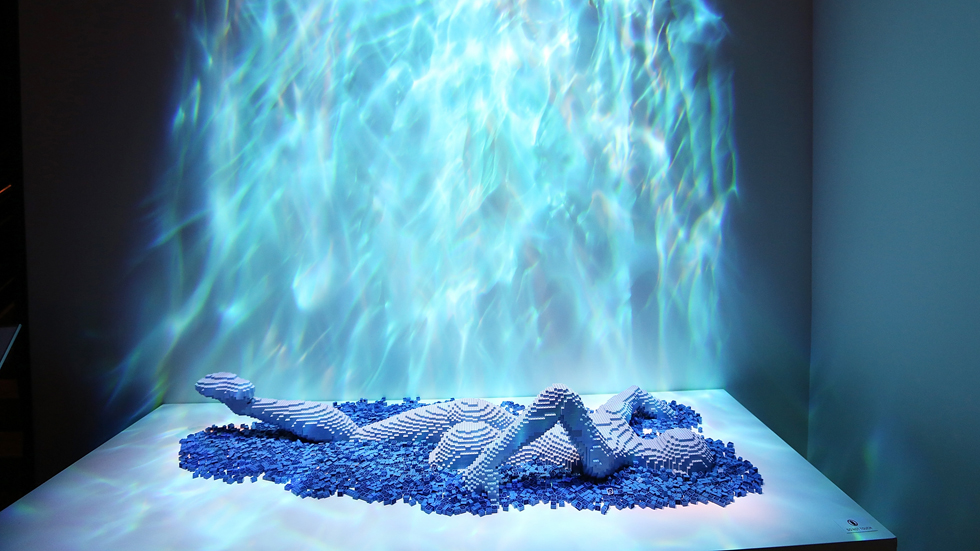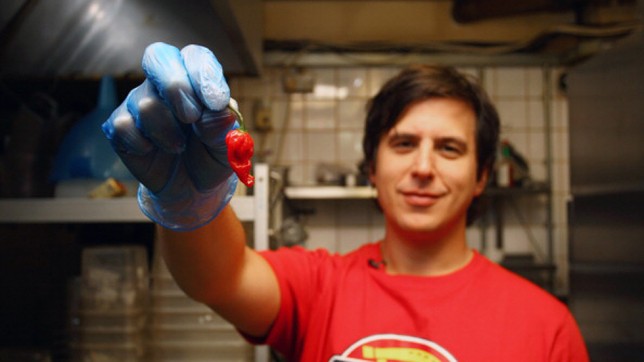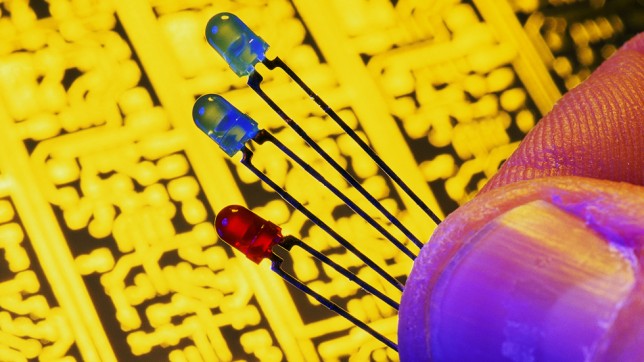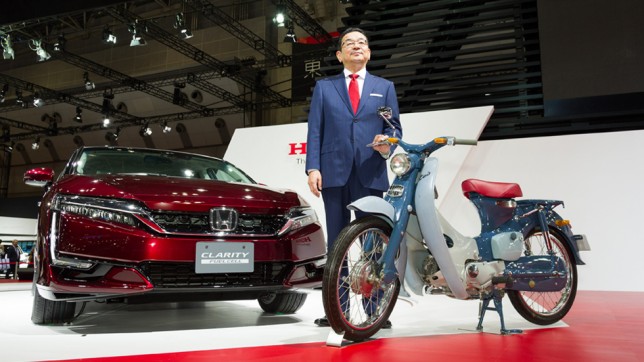It’s the little things in life that have the biggest impact: your favourite cup of coffee that makes the morning commute bearable; a reassuring smile from a loved one at a moment of uncertainty; or maybe that seemingly insignificant keepsake that sparks a flood of emotions from a treasured memory. Bigger isn’t necessarily better in the world of technology, either. In fact, as in life, it’s the smallest things that have the most profound impact.
The Honda Jazz has always understood the beauty of compact dimensions and sought to bring big car composure and versatility to this highly efficient vehicle. The latest Jazz prototype, recently shown at the Paris Motorshow, evolves that unique philosophy still further.
It retains the fantastically adaptable ‘magic seats’, luggage capacity is increased and chassis revisions promise a more refined and comfortable ride so that this small car is a relaxing companion even on the longest journeys.
So on that note, we started thinking about the other small but mighty innovations that have had an impact far beyond their actual size…

The LEGO story began in 1932 when Danish master carpenter Ole Kirk Christiansen started to produce toys
LEGO® brick
This little piece of plastic has fired millions of imaginations, inspired children across the world to build and create and, perhaps, sparked interests in design and engineering that have helped lead to untold innovations. Who knows how many architects, designers and engineers could trace back their interests to the humble LEGO® brick?
The LEGO® story starts in 1932 when Danish master carpenter Ole Kirk Christiansen started to produce toys. In 1934 the LEGO® name – made up of Danish words ‘LEg GOdt’ meaning ‘play well’ – was adopted, and in 1947 the company bought a plastic injection-moulding machine.
In 1949 the progenitor of the LEGO® brick was created and the rest is history. LEGO® recently became the single biggest toymaker in the world once again. Appealing to both genders, a huge variety of age groups and cutting across cultural divides, LEGO® might be nearly 70 years old but its appeal is greater than ever.
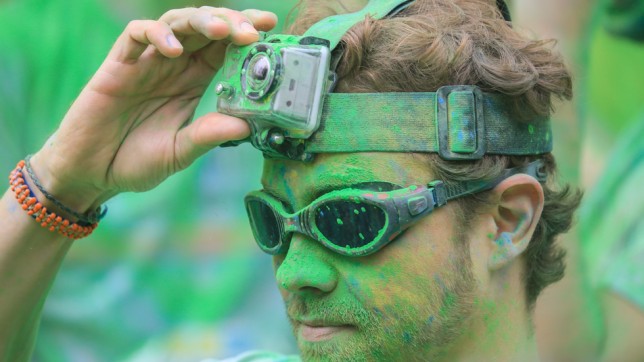
In 2001 the GoPro was born using a wrist strap to tether cameras to users. It’s now a best-selling sports companion
GoPro camera
In 2001 surfer and would-be entrepreneur Nick Woodman devised a wrist strap system to tether cameras on to himself and his friends. The idea was simply to capture what it felt like to be right there on a surfboard in the middle of a tube wave for the world to see…
Pretty soon Woodman realised his idea needed more work and that he’d need to go further and create a compact camera and waterproof housing to realise his vision. The concept developed quickly, from 35mm stills cameras to the Digital Hero that was introduced in 2006 and could shoot 10-second bursts of video. The latest GoPro Hero3 shoots 1080p video at 60 frames per second and has become a phenomenon.
The beauty of GoPro is that it allows anybody to document their own lives and interests. From cameras being strapped to Felix Baumgartner when he leapt from the edge of space back to Earth, to the incredible downhill mountain bikers who wow the world with their bravery in the Redbull Rampage downhill challenge or just a kid in the street hitting their first cobbled-together ramp on his skateboard…
…everyone can share their experiences and, in GoPro’s language, ‘become a hero’.
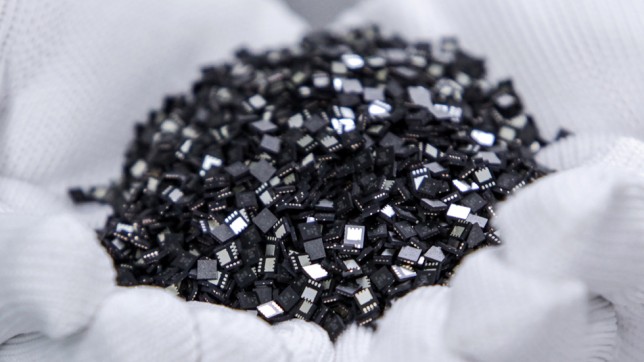
The microchip condensed the previously separate transistors, resistors, capicitors and connecting wiring into one single ‘chip’
The microchip
The significance of the microchip or ‘integrated circuit’ (IC) cannot be overestimated. Within every piece of technology that we touch, use or move around in, they process information, perform calculations. They effectively control a cavalcade of devices ranging from computers to smoke alarms and microwaves, so that they perform all the tasks we ask of them.
The IC replaced the previously separate transistors, resistors, capicitors and all the connecting wiring into one single ‘chip’ made of semiconductor material. Its invention is widely credited to Jack Kilby of Texas Instruments and Robert Noyce of Fairfield Semiconductor Corporation.
Both were granted patents in 1959 and later went on to cross-licence their technologies, but the concept of the IC was devised in 1952 by British radar engineer Geoffrey Dummer.
While addressing the Symposium on Progress in Quality Electronic Components in Washington DC, he stated, ‘With the advent of the transistor and the work in semiconductors generally, it seems now possible to envisage electronic equipment in a solid block with no connecting wires.’ Soon after, funding was pulled from Dummer by the British government.
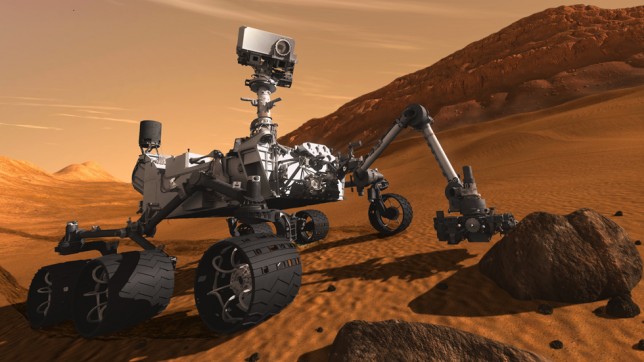
The two solar-powered Rovers provided the first concrete evidence that Mars may well have supported life
Mars Rovers
On 10th June and 7th July 2003, two probes were launched from the Cape Canaveral Air Force Station in Florida, attached to Boeing Delta II rockets. It was the start of a seven-month journey and an extraordinary mission: to discover signs of life on Mars.
The two golf buggy-sized Mars Rovers, protected and enclosed by large airbags, finally bounced onto the Red Planet in January 2004 and after a few technical scares soon started communicating with mission control, and collecting images and data from rocks and mineral beds.
On 23rd March 2004, a news conference was called as the two solar-powered Rovers, named Spirit and Opportunity, had already made staggering progress. On its landing site in the Meridiani Planum, Opportunity had recorded chlorine, bromine and the unique ripple patterns that indicated that water had once flowed through this region.
Water means life, so this was the first concrete evidence that Mars may well have supported life at some time. The Rovers were intended to be operational for just three months but recently celebrated their 10th year of actively sending new data back to Earth… Their mission continues.
Naga Viper pepper
You probably don’t associate searing hot chilli peppers with Cumbria in the north west of England. However in the small town of Cark on the banks of the River Eea, one of the hottest chillis ever created is cultivated by the The Chilli Pepper Company.
It’s called the Naga Viper pepper and it scores 1,382,118 on the Scoville Heat Unit scale (SHU). To put that into perspective a jalapeño pepper – the sort you might feel pretty heroic slathering over your fajita – is rated at between 2500 and 8000 SHU.
The chilli is an unstable hybrid made up of the Naga Morich, Bhut Jolokia and the Trinidad Scorpion and its potency is legendary. In 2011 the Naga Viper was pronounced the world’s hottest chilli by the Guinness Book of Records, although it has since been surpassed.
So what’s it like to taste a Naga Viper Pepper? Well, the Red Dog Saloon diner in Hoxton lets you try with its Hot Wings Challenge. Willing participants, who have to wear protective gloves, are given six wings covered in Naga Viper sauce and 10 minutes to eat them without drinking any fluids. Those who’ve taken up the challenge report uncontrollable sweating, muscles spasms and agonising pain. No wonder it’s a requirement to fill out a disclaimer beforehand.
Blue LEDs
This month the Nobel prize in physics went to Isamu Akasaki, Hiroshi Amano and Shuji Nakamura for their energy-efficient and environment-friendly blue LEDs (light-emitting diodes).
After decades of frustration in which the creation of the elusive blue LED evaded scientists, the three men triggered a transformation in lighting technology and produced bright blue light from semiconductors in the 1990s.
Blue LEDs are crucial to producing white light so their invention has completely changed the way we watch movies, store data and, crucially, the way we light the world. Currently, lighting consumes 20% of all electricity ‘but switching to LEDs could save 50% , or over £2 billion in the UK alone,’ Colin Humphrey’s at the University of Cambridge told the Daily Mail.



